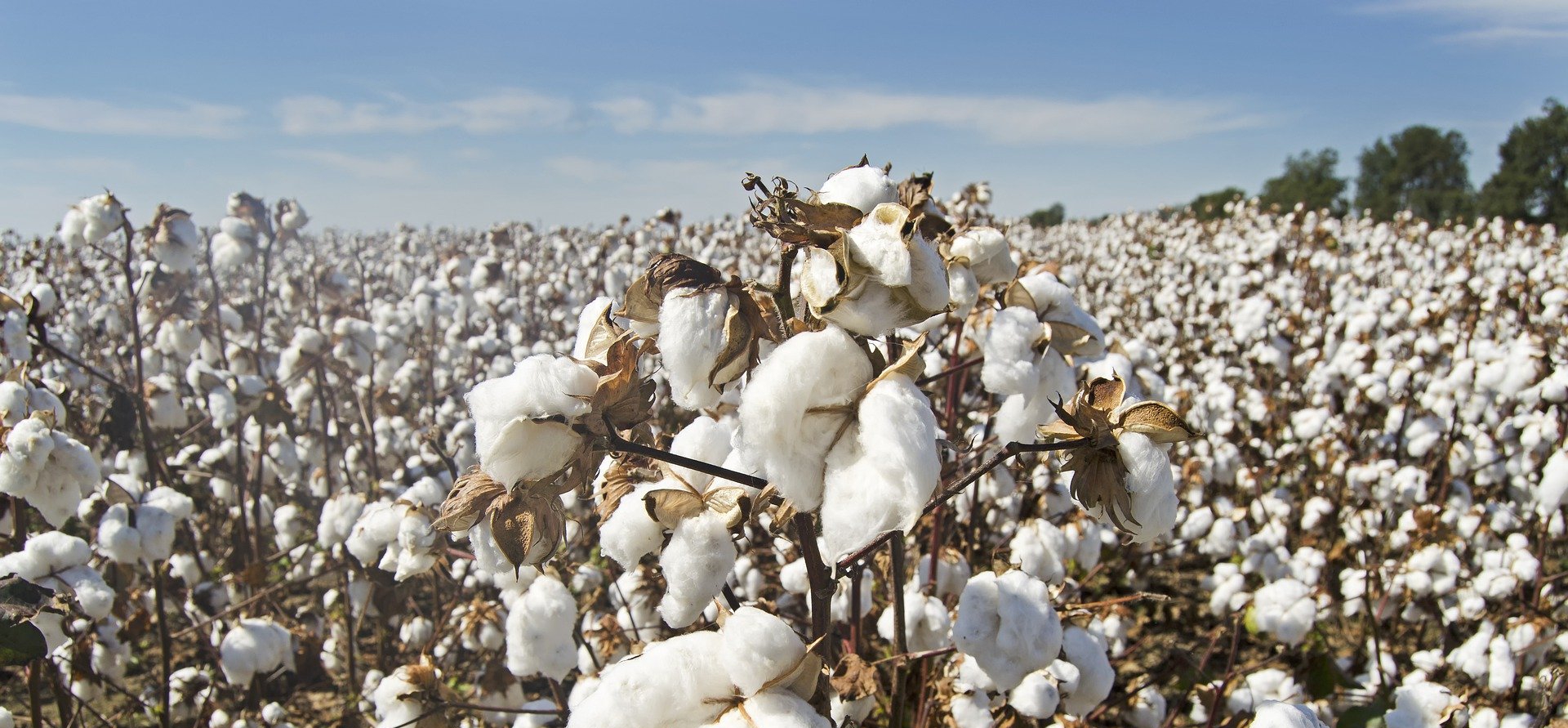History of Dichlorvos
In 1955, American Mattson discovered the insecticidal activity of Dichlorvos. In 1958, my country began to mass produce and apply Dichlorvos, and through process optimization, the content of the original drug has reached more than 96%, and the quality has been improved step by step. Over the past 60 years, Dichlorvos has gradually replaced insecticides such as 666, DDT, 1605, and 3911, which have long residual periods and are highly toxic to humans, and has played a huge role in the prevention and control of agricultural pests.
To this day, there is still a demand of more than 20,000 tons of Dichlorvos in my country every year. In particular, Jiangshan brand Dichlorvos has long been trusted by farmers for its high quality.
The irreplaceable role of dichlorvos
Fumigation effect of dichlorvos
At 20℃, the vapor pressure of dichlorvos is 2100mPa, while that of chlorpyrifos is only 1.43mPa under the same conditions. Its fumigation capacity is more than 1000 times that of chlorpyrifos. It can easily enter the insect respiratory system through the spiracles and spread to various parts of the insects, causing the death of the pests. With this feature, dichlorvos is used in agricultural production for piercing-sucking pests such as aphids and whiteflies, green worms, and flea beetles in the following ways: foliar spray, poison soil method, aerial control method, and fumigation method.
Fast knockdown speed, not limited by temperature
Agricultural pests often have the potential to explode due to their rapid reproduction, posing a huge threat to agricultural production. For example, the fall armyworm that has recently migrated to the country in the past two years and the locusts that have recently wreaked havoc in the Middle East can be quickly knocked down by dichlorvos, which can quickly stop the pests from feeding and protect crops to the greatest extent.
Multiple action sites and flexible use methods
Dichlorvos also has contact and stomach poisoning effects. Therefore, people in some areas use it with water to control underground pests such as mole crickets, white grubs, and leek maggots. Since dichlorvos is easily decomposed in the soil, its residue is about 20% of that of chlorpyrifos, so controlling leek maggots is both cost-effective and residue-free.
Fast decomposition and short residual period
The safe interval of dichlorvos in greenhouses is only 3 days, and the safe interval on crops grown in the open air is 7 days.

Precautions for use
1. Seedlings of beans and melons are prone to pesticide damage, so the concentration should not be too high.
2. This product is highly toxic to humans and animals and can be easily absorbed by the skin and cause poisoning. It is not suitable to apply the drug during high temperatures at noon to prevent poisoning.
3. Stop using the drug 7 days before harvesting vegetables.
4. Do not mix with alkaline pesticides.
5. The aqueous solution decomposes quickly and should be prepared and used immediately.
6. Poultry, fish, and bees are sensitive to this product and should be used with caution.


